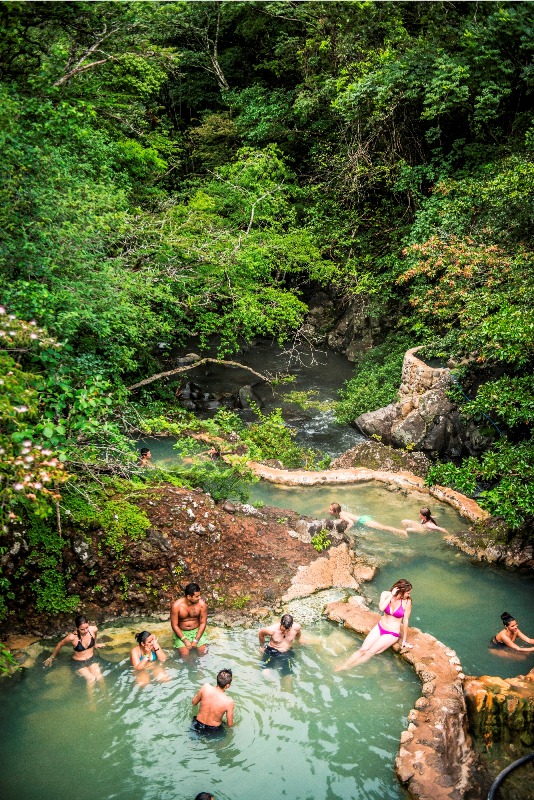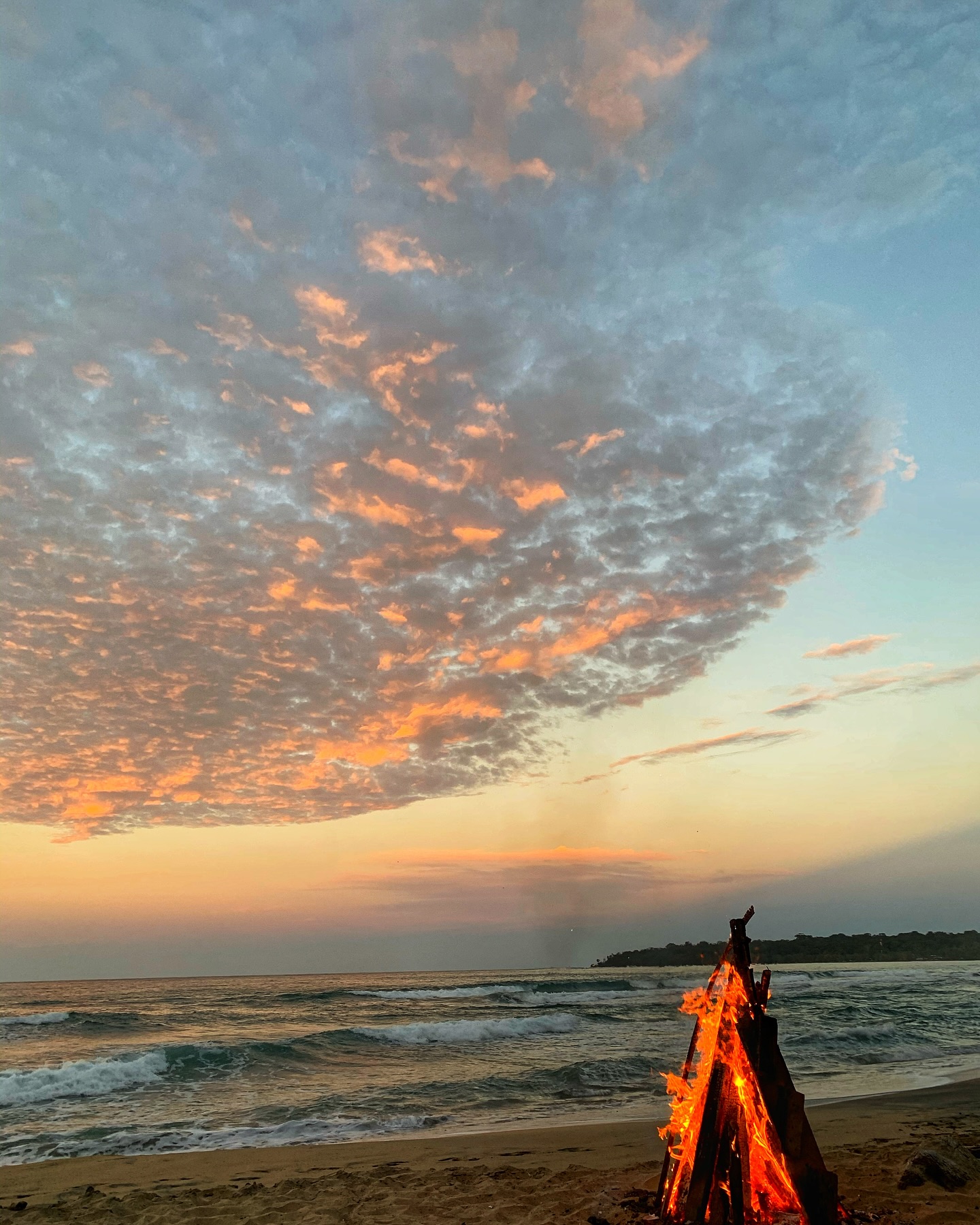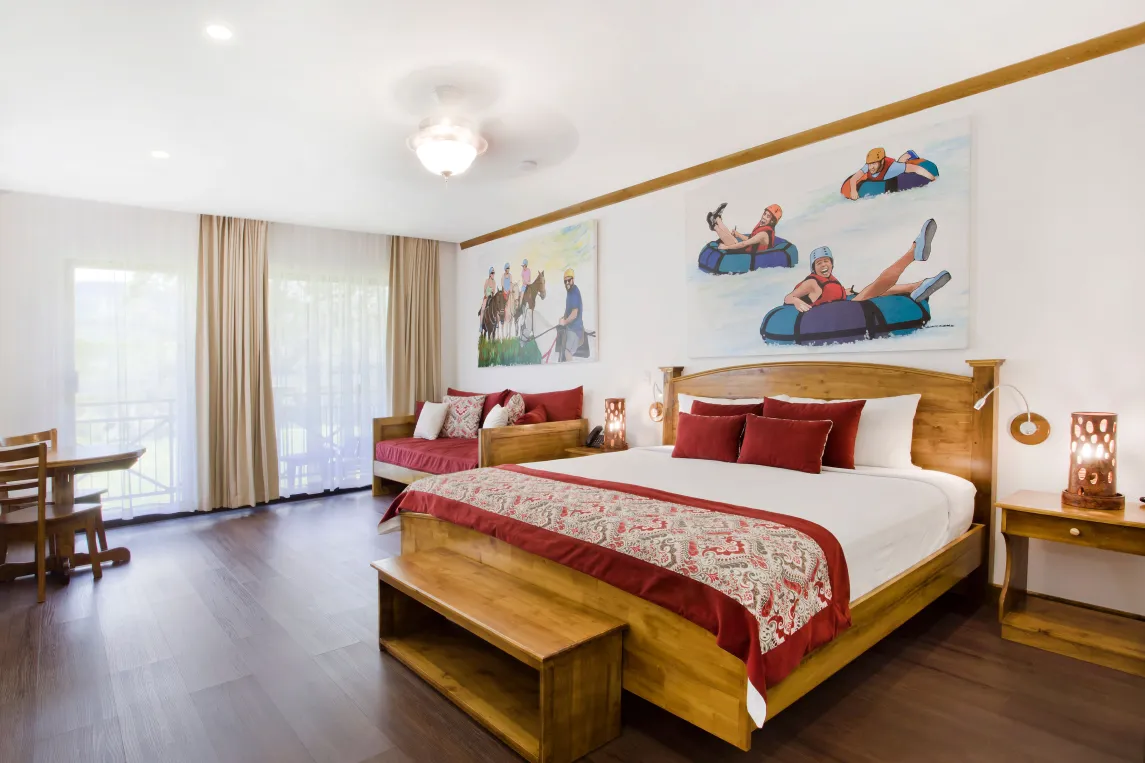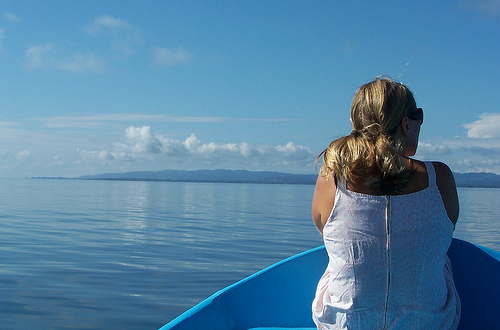Each year on July 25, Costa Rica commemorates the Annexation of Nicoya, a peaceful decision in 1824 that united the territory of Nicoya with the newly independent Costa Rican republic. In the sun-drenched province of Guanacaste, this national holiday is more than a remembrance—it’s a dynamic celebration of cultural identity, heritage, and unity. For guests at Hacienda Guachipelín, the week surrounding this historic date offers not only a rich immersion in traditional Guanacastecan culture, but also an opportunity to explore the Afro-Caribbean and Afro-Costa Rican influences that have shaped the soul of the region for centuries.
For guests at Hotel Hacienda Guachipelín, located at the base of Rincón de la Vieja Volcano, the week of July 25 is a time to experience traditional Guanacastecan culture and also to reflect on the deeper layers of the region’s story, including the powerful yet often overlooked role of Afro-Caribbean and Afro-Costa Rican communities in its past.
A Brief History of the Annexation of Nicoya
On July 25, 1824, the territory of Nicoya, which included what is now Guanacaste, voted to annex peacefully to Costa Rica rather than Nicaragua. This act of free will and diplomacy is remembered by the phrase “De la patria por nuestra voluntad” (“Part of the homeland by our own will”), a motto proudly displayed in Guanacaste’s coat of arms.
Today, the Día de la Anexión del Partido de Nicoya, or the Annexation of Nicoya to Costa Rica is celebrated with folkloric dances, marimba music, traditional dress, bull riding (topes), and regional cuisine, making it a deeply rooted cultural event.
At Hacienda Guachipelín, guests can take part in special cultural presentations, storytelling, music, and food tastings that showcase the richness of this historic day—and the diversity of the people who made it possible.
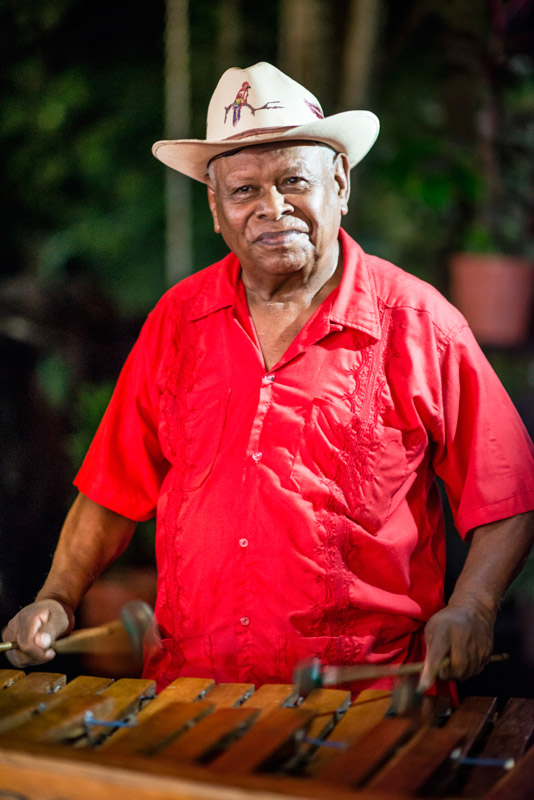
Culture, Community, and Celebration in Guanacaste
The Annexation of Nicoya is far more than a political event—it’s a celebration of everything that defines Guanacastecan identity, from Indigenous Chorotega heritage to Spanish colonial traditions and Afro-descendant culture.
Throughout the province, visitors experience:
- Punto Guanacasteco (the national folk dance of Costa Rica)
- Corn-based foods like tamal asado, rosquillas, and tortillas palmeadas
- Sabanero traditions, including horseback riding and ranching life
- Pottery and art inspired by ancient Chorotega designs
Guanacaste has always been a cultural crossroads, shaped by centuries of migration, labor, resistance, and celebration.
Afro-Caribbean and African Heritage in Guanacaste
As explained by Keylor Morera Garro, academic, author, and passionate advocate for the recovery of Afro-descendant heritage in the province of Guanacaste, Costa Rica.
Although Costa Rica’s Afro-Caribbean population is often associated with the province of Limón, the roots of African heritage in Guanacaste run deep, dating back to the colonial era. Historical records indicate that by 1801, an estimated 85% of the population living in what is now Guanacaste was of African descent, comprising individuals categorized at the time as Black, Zambos (with Indigenous and African ancestry), Mulatos (with European and African ancestry), and Pardos (of mixed heritage).
Many of these individuals were brought to the region in conditions of slavery, working on cattle ranches and plantations. Over time, some gained their freedom and found ways to integrate into colonial society through participation in religious brotherhoods and chaplaincies, which offered both spiritual refuge and a sense of social belonging in an otherwise exclusionary system.
Their cultural legacy is deeply woven into the identity of Guanacaste today. Notably, Afro-descendant communities contributed to:
- The use and preservation of traditional instruments like the marimba, quijongo, juque, and carraca
- The practice of fermenting coyol wine, a technique refined and sustained by Afro-Costa Rican families
- The development of Guanacaste’s folkloric dances, which show greater resemblance to African dances—with their rhythm, physicality, and circular movement—than to Indigenous rituals, which were more ceremonial and less interactive.
An especially powerful example of this heritage is the origin of “El Punto Guanacasteco”, the region’s most iconic folk song and dance. It was composed by Leandro Cabalceta Bran, a descendant of Diego Bran, a free mulato from Liberia. This connection underscores the invisible yet vital influence of Afro-descendant Costa Ricans on the cultural expressions now considered “traditionally Guanacastecan.”
Recognizing this history enriches the meaning of the Annexation of Nicoya, transforming it from a simple political milestone into a broader celebration of the many peoples, cultures, and legacies that have shaped Guanacaste. By acknowledging the contributions of Afro-Costa Ricans—both past and present—we honor the full diversity of the province and invite a more inclusive understanding of Costa Rican identity.
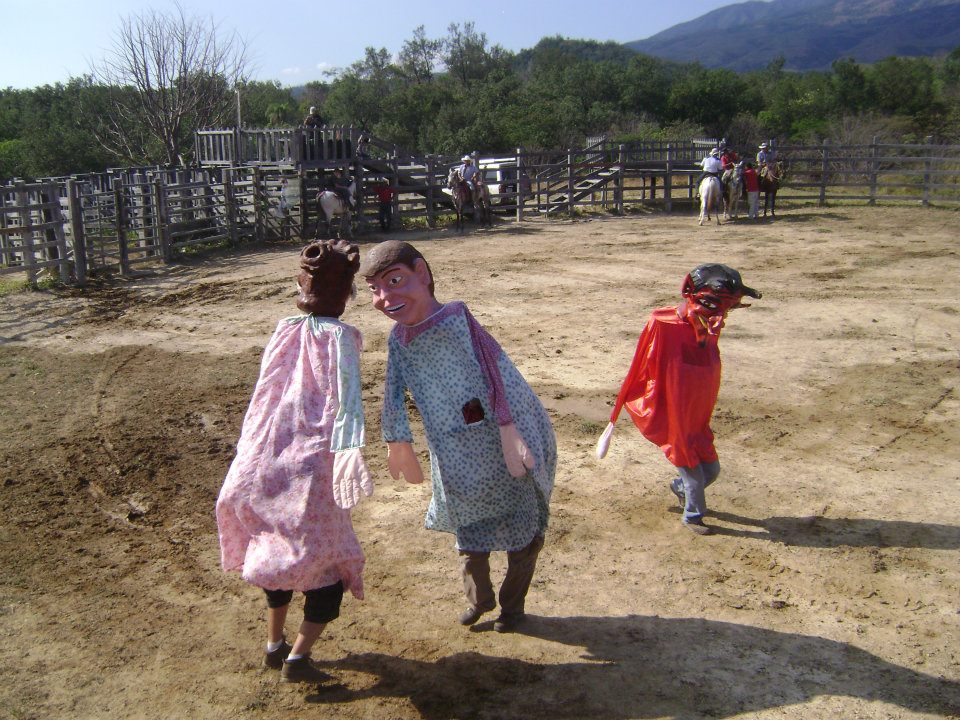
When I Think of My Nicoya – A Tribute to Identity and Memory
To truly understand the spirit of Guanacaste—and especially the cultural heart of Nicoya—we must listen not only to the stories in history books but also to the voices of oral tradition and poetry. This heartfelt poem, originally written in Spanish, captures the soul of Nicoya: its customs, people, Afro-descendant roots, and enduring legacy of celebration, resistance, and memory.
Nicoya
(English translation)
When I think of my Nicoya,
I always think of the festival—of the cimarrona, the little mare, and the coyol wine.
When I think of my Nicoya,
I think of the Hill of the Cross, and the great mystery of the serpent
That every May 3rd brings the grandchildren together
to hear the legend from the lips of their grandmother, Doña Luz.
When I think of my Nicoya,
I always think of the entrance of San Blas,
of the Cofradía de la Señorita, the dawn celebration,
and the grandmothers who, though the years go by, never wither.
When I think of my Nicoya,
I always think of tortillas, chicheme, and tanelas,
of Matambú and the Matambas,
of the cholos and cholas, of the quijongo and the juque,
of contraband and partying.
When I think of my Nicoya,
I always think of the Black slaves who once walked this land,
who passed down to us food, music, and celebration—
who passed down greatness, courage, and strength.
They stayed in our curls, in our “secrets,” and in our remedies.
They did not leave—they remained.
And if one day you ever doubt it,
just look beside you.
(Author: Keyler Morera Garro, 2025)
This piece is a living reminder that Guanacaste is not a singular identity—it is an interweaving of Indigenous, African, and European traditions. Through its music, food, legends, and people, Nicoya speaks of resilience, ancestry, and belonging.
Guests at Hacienda Guachipelín during the week of July 25 can not only witness cultural presentations and traditional foods but also feel the living rhythm of this land—where the past lives on through every note of marimba, every story shared, and every face met along the way.
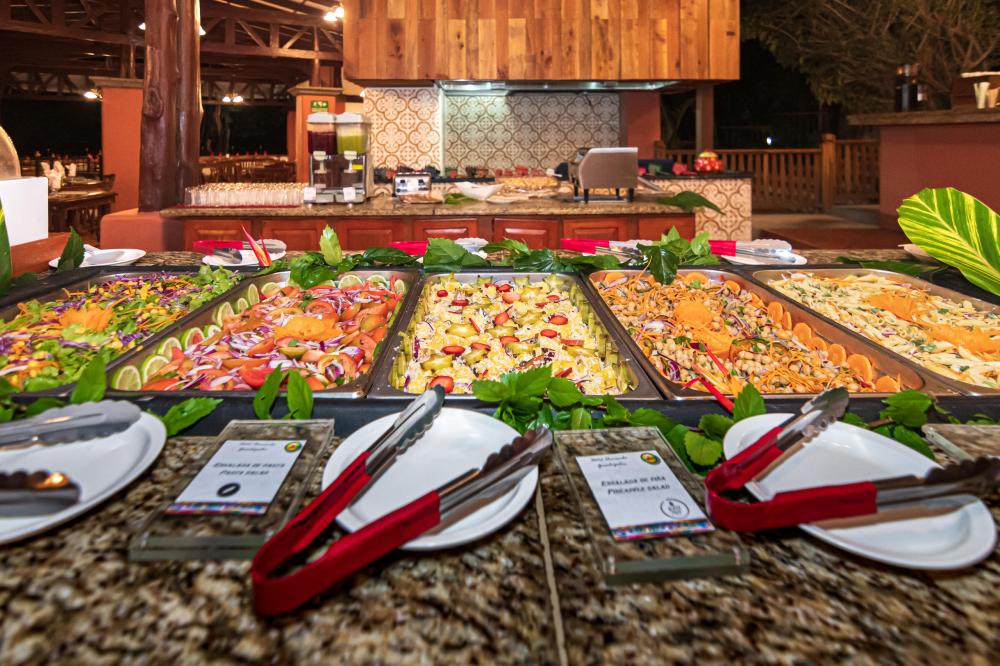
Where History and Nature Meet: Celebrate at Hacienda Guachipelín
Situated just minutes from Rincón de la Vieja National Park, Hacienda Guachipelín is a working ranch and eco-lodge committed to celebrating and preserving Guanacaste’s natural and cultural heritage. During the week of July 25, the lodge hosts:
- Cultural performances featuring regional music and dance
- Interactive cooking demonstrations with corn-based Guanacastecan dishes
- Storytelling sessions and local history talks
- Sustainable adventure tours through volcanic landscapes and tropical dry forest
Whether you’re horseback riding through the forest or soaking in volcanic hot springs after a traditional meal, every experience at Guachipelín is a reflection of Guanacaste’s vibrant identity, past and present.




